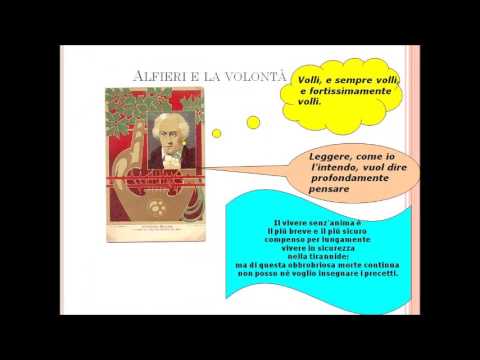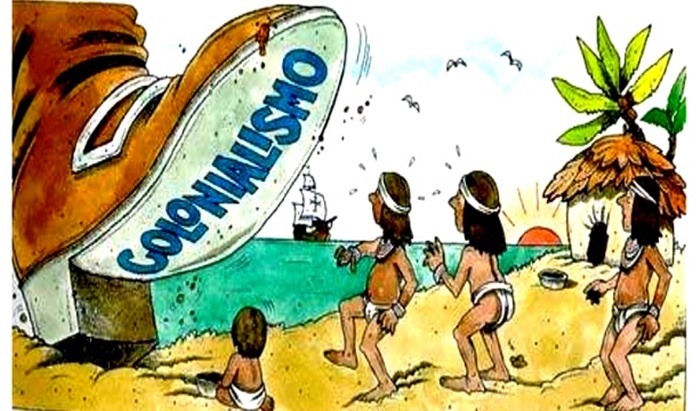
Vittorio Alfieri
27 Gennaio 2019
Indice della Tesina sull’Imperialismo
27 Gennaio 2019Verifica interdisciplinare
Questa prova propone materiali e quesiti che riguardano in vario modo la composizione del sistema solare, delle leggi che lo regolano e dei corpi celesti che lo attraversano.
|
Strumenti
|
Prestazione richiesta
|
Disciplina
|
|
Testo scientifico in lingua inglese
|
lettura e comprensione
|
Inglese
|
|
Domande a risposta chiusa
|
evidenziare i punti centrali del brano
|
Inglese
|
|
Domande a risposta aperta
|
enunciare le leggi di Keplero
|
Scienze
|
|
Domande a risposta aperta
|
dare definizioni dei corpi celesti
|
Scienze
|
|
Domande a risposta aperta
|
leggi e/o formule fisiche sul moto degli astri
|
Fisica
|
The following extracts is taken from: Earth and science by R.M .Feather Jr., S. Leach Snyder, D.T.Hesser- MacMillan/McGraw-Hill, 1993.
It speaks of non-planetary objects inside the solar system, with particular reference to comets.
OBJECTS IN THE SOLAR SYSTEM
Other Objects in the Solar System
Although the planets and their satellites are the most noticeable members of the suns family, there are many other objects that orbit the sun. Comets, meteors and asteroids are other objects in the solar system.
Youve probably heard of Halleys comet. It was last seen from Earth in 1986. English astronomer Edmund Halley realized that comet sightings that had taken place about every 76 years were really sightings of the same comet. This comet that takes about 76 years to orbit Earth was named after him. Halleys comet is just one example of the many other objects in the solar system beside the planets.
Comets
A comet is composed of dust and rock particles mixed in with frozen water, methane and ammonia. The Dutch astronomer Jan Oort proposed the idea that a large collection of comets lies in a cloud that completely surrounds the solar system. This cloud is located beyond the orbit of Pluto and is called the Oort Cloud. Scientists believe the gravity of nearby stars or another planet interacts with the Oort Cloud, changing the orbits of some comets. The suns gravity then pulls the comet toward it. The comet then either escapes from, the solar system or gets captured into a much smaller orbit.
The structure of a comet is like a large, dirty snowball, or a mass of frozen ice and rock. But as the comet approaches the sun, it develops a very distinctive structure. Ices of water, methane, and ammonia begin to vaporize because of the heat from the sun. The vaporized gases form a bright cloud called a coma around the nucleus, or solid part, of the comet. The solar wind, a stream of charged particles from the sun, pushes on the gases in the coma. These particles form a bright tail that always points away from the sun.
After many trips around the sun, most of the frozen ice in a comet has vaporized. All that is left are small particles which spread out in the orbit of the original comet.
Meteoroids, Meteors and Meteorites
You learned earlier that comets tend to break up after they have passed close to the sun many times. The small pieces of the comet nucleus spread out into a loose group within the original orbit of the broken comet. These small pieces of rock moving through space are then called meteoroids.
If the path of a meteoroid crossed the position of Earth, it would enter our atmosphere at between 12 and 72 km/s. Most meteoroids are so small that they are completely vaporized in Earths atmosphere. A meteoroid that bums up in Earths atinosphere is called a meteor. People often see these and call them shooting stars”.
1. Read the text carefully and say if the following statements are true or false.
|
|
T
|
F
|
|
Only planets and satellites orbit the sun.
|
|
|
|
Comets can cross the solar system more than once.
|
|
|
|
The Oort cloud is a large group of comets.
|
|
|
|
Comets never change their orbit.
|
|
|
|
The Comets tail is formed by iced water.
|
|
|
2. Come è noto, le comete periodiche sono, quasi sempre, caratterizzate da orbite ellittiche molto allungate. Scrivi l’enunciato delle tre leggi di Keplero.
Prima legge
………………………………………………………………………………………………………………………………………..
Seconda legge
………………………………………………………………………………………………………………………………………..
Terza legge
………………………………………………………………………………………………………………………………………..
3. Scrivi le definizioni dei seguenti elementi del sistema solare:
Stella
………………………………………………………………………………………………………………………………………..
Pianeta
………………………………………………………………………………………………………………………………………..
Asteroide
………………………………………………………………………………………………………………………………………..
Cometa
………………………………………………………………………………………………………………………………………..
Meteorite
………………………………………………………………………………………………………………………………………..

